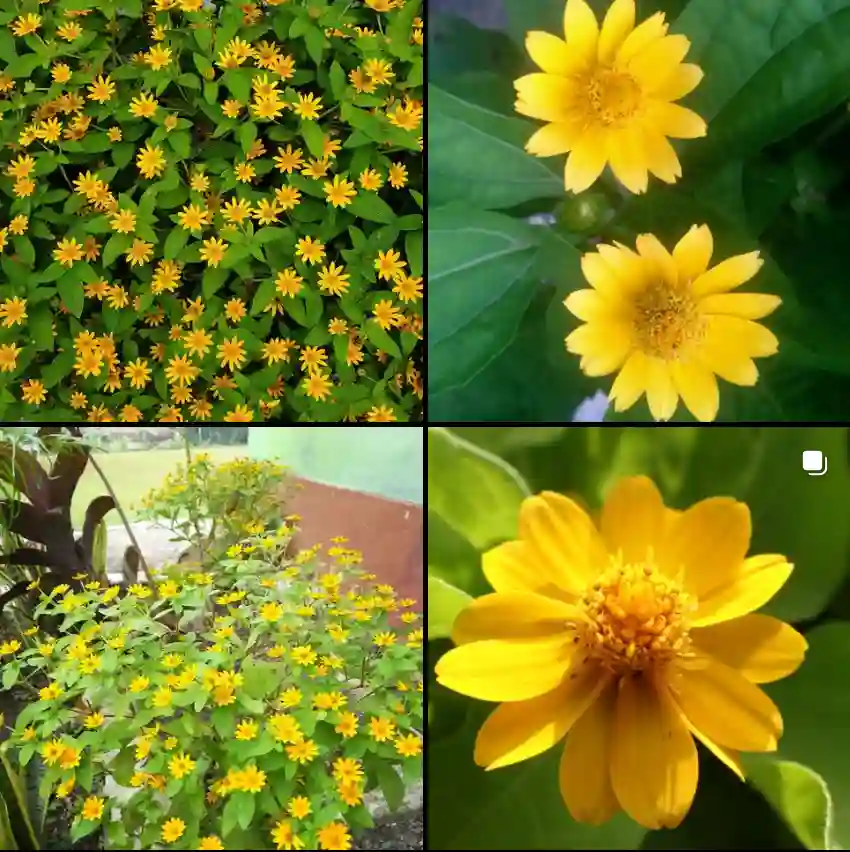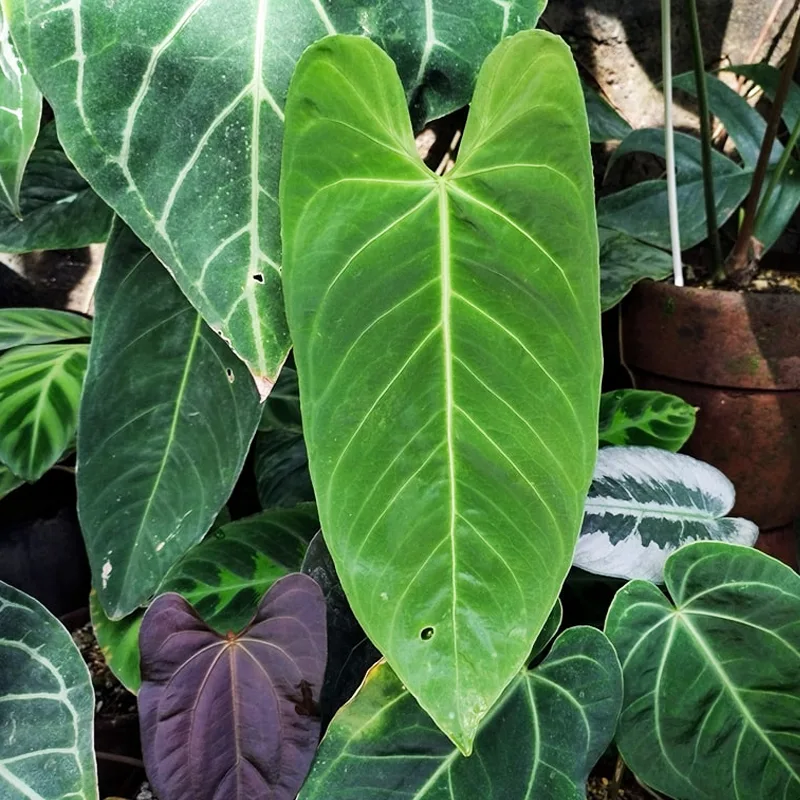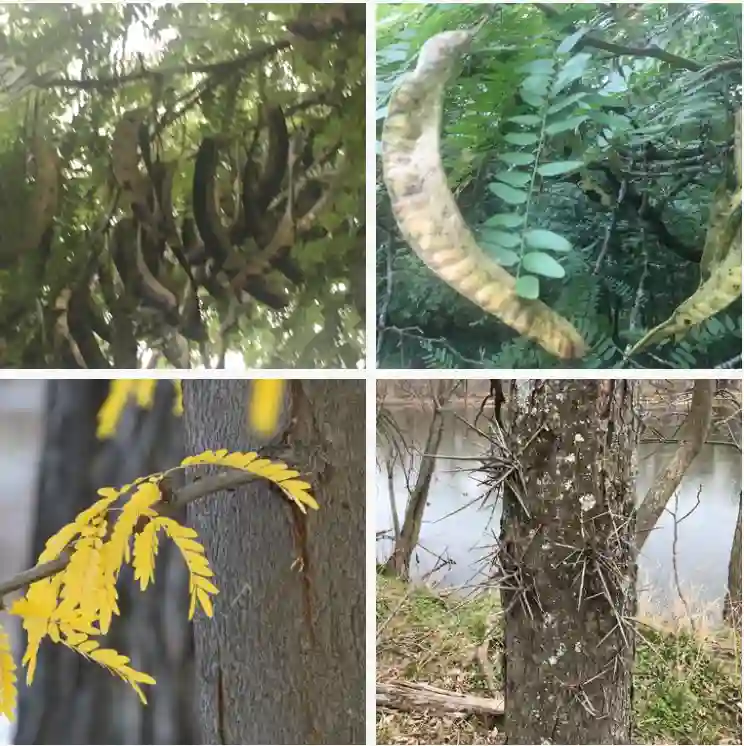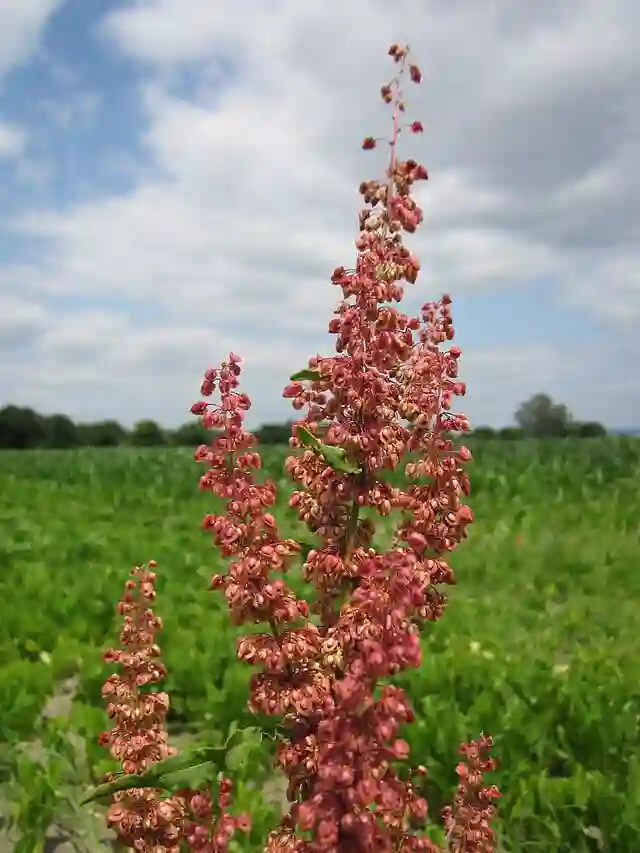
A Gardener’s Guide to Verbena: From Fragrant Tea to Butterfly Bonanza
Verbena belong to the Verbenaceae family, has become a mainstay in my garden. Its cheerful blooms and easy-going nature make it a true delight. But beyond its aesthetics, this versatile plant offers a surprising number of benefits. Let’s delve into the world of verbena, exploring its characteristics, care requirements, and the many reasons to add it to your own garden.
Verbena species
- Verbena alata Otto ex Sweet
- Verbena alejandrana (B.L.Turner) Christenh. & Byng
- Verbena × allenii Moldenke
- Verbena amoena Paxton
- Verbena andalgalensis Moldenke
- Verbena angustilobata (Moldenke) Christenh. & Byng
- Verbena araucana Phil.
- Verbena aristigera S.Moore
- Verbena atacamensis Reiche
- Verbena aurantiaca Speg.
- Verbena bajacalifornica Moldenke
- Verbena balansae Briq.
- Verbena barbata Graham
- Verbena berteroi (Meisn.) Schauer
- Verbena × bingenensis Moldenke
- Verbena bipinnatifida Schauer
- Verbena × blanchardii Moldenke
- Verbena bonariensis L.
- Verbena brachyrhynchos (G.L.Nesom & Vorobik) Christenh. & Byng
- Verbena bracteata Cav. ex Lag. & Rodr.
- Verbena brasiliensis Vell.
- Verbena cabrerae Moldenke
- Verbena californica Moldenke
- Verbena calinfera G.L.Nesom
- Verbena canadensis (L.) Britton
- Verbena canescens Kunth
- Verbena caniuensis Moldenke
- Verbena carnea Medik.
- Verbena carolina L.
- Verbena catharinae Moldenke
- Verbena cheitmaniana Moldenke
- Verbena chiricahensis (Umber) Moldenke
- Verbena × clemensiorum Moldenke
- Verbena cloverae Moldenke
- Verbena corymbosa Ruiz & Pav.
- Verbena cuneifolia Ruiz & Pav.
- Verbena dalloniana Quézel
- Verbena × deamii Moldenke
- Verbena delicatula Mart. & Zucc.
- Verbena delticola Small ex Perry
- Verbena demissa Moldenke
- Verbena dissecta Willd. ex Spreng.
- Verbena dusenii Moldenke
- Verbena ehrenbergiana Schauer
- Verbena elegans Kunth
- Verbena × engelmannii Moldenke
- Verbena ephedroides Cham.
- Verbena falcata G.L.Nesom
- Verbena filicaulis Schauer
- Verbena flava Gillies & Hook.
- Verbena glabrata Kunth
- Verbena gooddingii Briq.
- Verbena × goodmanii Moldenke
- Verbena goyazensis Moldenke
- Verbena gracilescens (Cham.) Herter
- Verbena gracilis Desf.
- Verbena grisea B.L.Rob. & Greenm.
- Verbena guaibensis (P.Peralta & V.Thode) Christenh. & Byng
- Verbena guaranitica (Tronc.) Moldenke
- Verbena gynobasis Wedd.
- Verbena halei Small
- Verbena hassleriana Briq.
- Verbena hastata L. Plant FAQs: Blue Vervain – Verbena Hastata
- Verbena hatschbachii Moldenke
- Verbena herteri Moldenke
- Verbena hirta Spreng.
- Verbena hispida Ruiz & Pav.
- Verbena humifusa Cham.
- Verbena × illicita Moldenke
- Verbena incompta P.W.Michael
- Verbena intermedia Gillies & Hook.
- Verbena jessicae Nesom & G.S.Hinton
- Verbena jordanensis Moldenke
- Verbena kuntzeana Moldenke
- Verbena laciniata (L.) Briq.
- Verbena landbeckii Phil.
- Verbena lasiostachys Link
- Verbena lilacina Greene
- Verbena lilloana Moldenke
- Verbena lindbergii Moldenke
- Verbena lindmanii Briq.
- Verbena lipozygioides Walp.
- Verbena litoralis Kunth
- Verbena livermorensis B.L.Turner & G.L.Nesom
- Verbena lobata Vell.
- Verbena macdougalii A.Heller
- Verbena macrosperma Speg.
- Verbena madrensis G.L.Nesom
- Verbena malmii Moldenke
- Verbena malpaisana (T.Van Devender & G.L.Nesom) Christenh. & Byng
- Verbena maritima Small
- Verbena marrubioides Cham.
- Verbena megapotamica Spreng.
- Verbena mendocina Phil.
- Verbena menthifolia Benth.
- Verbena microphylla Kunth
- Verbena moctezumae G.L.Nesom & T.Van Devender
- Verbena × moechina Moldenke
- Verbena montevidensis Spreng.
- Verbena moranii G.L.Nesom
- Verbena multiglandulosa Moldenke
- Verbena nana Moldenke
- Verbena neomexicana (A.Gray) Briq.
- Verbena officinalis L. Plant FAQs: Vervain – Verbena Officinalis
- Verbena × ostenii Moldenke
- Verbena ovata Cham.
- Verbena paraguariensis Moldenke
- Verbena paranensis Moldenke
- Verbena parodii (Covas & Schnack) Moldenke
- Verbena paulensis Moldenke
- Verbena perennis Wooton
- Verbena × perriana Moldenke
- Verbena × perturbata Moldenke
- Verbena peruviana (L.) Britton
- Verbena phlogiflora Cham.
- Verbena pinetorum Moldenke
- Verbena platensis Spreng.
- Verbena plicata Greene
- Verbena polyantha (Umber) Moldenke
- Verbena porrigens Phil.
- Verbena pumila Rydb.
- Verbena quadrangulata A.Heller
- Verbena racemosa Eggert
- Verbena radicata Moldenke
- Verbena recta Kunth
- Verbena rectiloba Moldenke
- Verbena regnelliana Moldenke
- Verbena reitzii Moldenke
- Verbena ribifolia Walp.
- Verbena rigida Spreng. Plant FAQs: Verbena Rigida
- Verbena rugosa Mill.
- Verbena × rydbergii Moldenke
- Verbena sagittalis Cham.
- Verbena santiaguensis (Covas & Schnack) Moldenke
- Verbena scabra Vahl
- Verbena scabrella Sessé & Moc.
- Verbena scrobiculata Griseb.
- Verbena selloi Spreng.
- Verbena sessilis (Cham.) Kuntze
- Verbena simplex Lehm.
- Verbena sphaerocarpa L.M.Perry
- Verbena stellarioides Cham.
- Verbena stricta Vent. Plant FAQs: Verbena Stricta
- Verbena strigosa Cham.
- Verbena × stuprosa Moldenke
- Verbena subincana (Tronc.) Shinners
- Verbena sulphurea D.Don
- Verbena supina L.
- Verbena tampensis Nash
- Verbena tecticaulis Tronc.
- Verbena tenera Spreng.
- Verbena teucriifolia M.Martens & Galeotti
- Verbena thymoides Cham.
- Verbena tomophylla Briq.
- Verbena townsendii Svenson
- Verbena tumidula L.M.Perry
- Verbena turneri (G.L.Nesom) Christenh. & Byng
- Verbena tweedieana Niven ex Hook.
- Verbena urticifolia L.
- Verbena × uruguayensis Moldenke
- Verbena valerianoides Kunth
- Verbena venturii Moldenke
- Verbena verecunda (Umber) Moldenke
- Verbena villifolia Hayek
- Verbena xutha Lehm.
Is Verbena Deer Resistant?
Yes, absolutely! Deer tend to avoid verbena, likely due to the presence of iridoid glycosides, which are mildly distasteful to them. This makes verbena a perfect choice for gardens plagued by deer browsing.
What Does Verbena Smell Like?
Most verbena varieties have little to no fragrance. However, lemon verbena (Aloysia citrodora) is a delightful exception. As the name suggests, its leaves boast a refreshing lemon scent that intensifies when crushed. This fragrant foliage makes lemon verbena a popular choice for herbal teas and potpourris.
Is Verbena Toxic to Cats?
While not deadly, verbena can cause mild stomach upset in cats if ingested in large quantities. The essential oils in the leaves might irritate their digestive system. If you have curious felines around, it’s best to plant verbena in hanging baskets or containers out of their reach.
How to Propagate Lemon Verbena?
Propagating lemon verbena is a breeze. Take stem cuttings about 4-6 inches long in late spring or early summer. Remove the lower leaves and dip the cut end in rooting hormone (optional). Plant the cuttings in a pot filled with moist potting mix and place them in a warm, well-lit location. Keep the soil moist but not soggy, and you should see new growth within a few weeks.
Do Hummingbirds Like Verbena?
Absolutely! The vibrant colors and small, nectar-rich flowers of verbena are irresistible to hummingbirds. Planting verbena around your garden is a surefire way to attract these delightful pollinators.
How to Grow Verbena from Seed?
Verbena seeds are readily available and relatively easy to germinate. Start them indoors 6-8 weeks before the last frost. Sow the seeds on top of moist potting mix and press them gently into the soil. Keep the soil consistently moist and provide warmth using a heat mat (optional). Once the danger of frost has passed, harden off the seedlings and transplant them outdoors to their permanent location.
Does Verbena Need to Be Deadheaded?
Deadheading, or removing spent flowers, is not strictly necessary for verbena’s survival. However, it encourages continuous blooming throughout the season. Simply pinch off the wilted flower heads just below the base of the flower stalk. This will prevent seed formation and keep your verbena plants looking their best.
Is Verbena Edible?
Yes, both the leaves and flowers of verbena are edible. The leaves of lemon verbena, as mentioned earlier, are perfect for teas and culinary applications. However, the flavor of other verbena varieties can be slightly bitter. The flowers can be used as a colorful garnish for salads, desserts, and cocktails.
Do Bees Like Verbena?
Verbena’s bright blooms and abundant nectar make them a magnet for bees and other pollinators. Planting verbena not only beautifies your garden but also supports the vital ecosystem services provided by these essential insects.
Beyond the Basics: Planting Partners and Care Tips
Verbena thrives in full sun and well-drained soil. It’s relatively drought-tolerant once established but appreciates occasional watering during hot, dry spells. Verbena pairs beautifully with other sun-loving plants like petunias, marigolds, and salvias, creating a vibrant and colorful display.
With its diverse forms, easy care, and pollinator-friendly nature, verbena is a true garden gem. From fragrant teas to a butterfly bonanza, this versatile plant offers something for everyone. So, why not add a touch of verbena magic to your own garden and experience its beauty firsthand?
If i die, water my plants!



